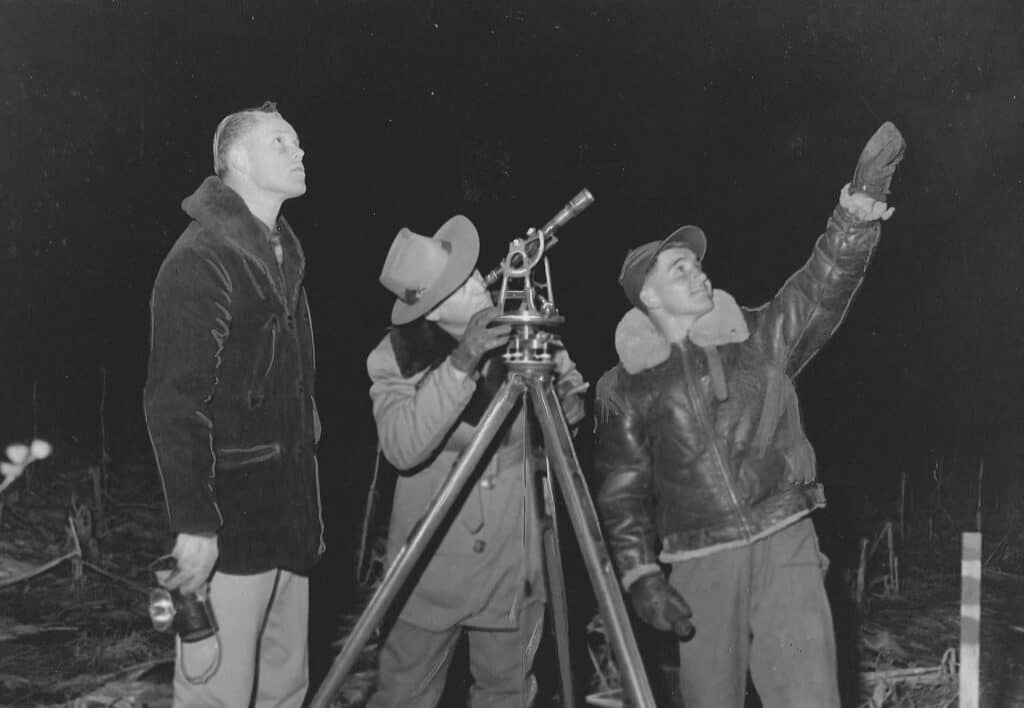Challenge: This Michigan processing facility pretreated their wastewater with equalization and pH adjustment prior to discharge to the sanitary sewer. The facility was planning a production expansion and received new discharge limits for BOD, TSS, Total Phosphorus, and TKN. Additional treatment was required to meet the new discharge limits.
Solution: The HR Green team conducted a site visit to the client’s sister facility, which was equipped with screening and a Dissolved Air Flotation (DAF) unit. The client was comfortable with the DAF technology, but DAF alone was not sufficient to meet the new discharge limits. HR Green recommended reuse of the existing equalization and pH adjustment systems, followed by a new rotary drum screen, primary DAF, a Moving Bed Biofilm Reactor (MBBR), and secondary DAF. A rental DAF was used to provide temporary treatment through the design and construction process.
The DAF process is a physical-chemical process that is simple to operate. The MBBR process was also selected with operations in mind. An MBBR is a biological treatment process but is much less complex compared to a conventional activated sludge system. The MBBR does not have recycle and wasting streams or maintenance of a solids retention time, food to microorganism ratio, or mixed liquor concentration that are required for conventional activated sludge. Placing a secondary DAF after the MBBR eliminates the secondary clarifier from a conventional activated sludge process, which can create operational challenges at times when gravity settling is inhibited.
Benefit: The wastewater pretreatment plant treated the additional flow and loading from the production expansion while providing permit compliance and allowing for continued discharge to the sanitary sewer. The treatment process is fully automated and requires minimal operator attention.



